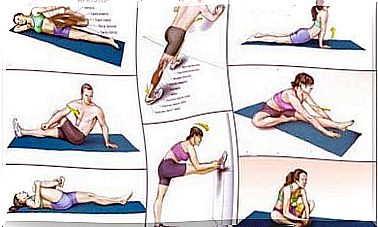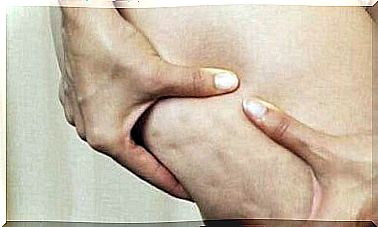Learn All About Dislocation Of The Patella
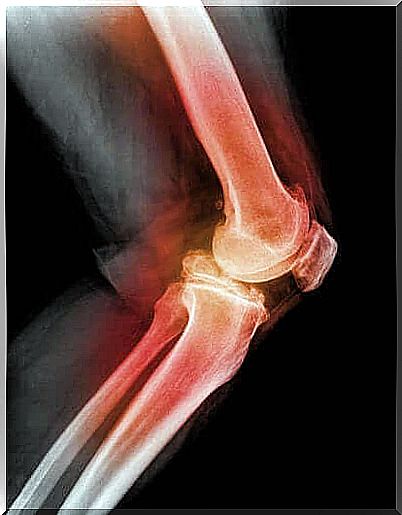
Dislocation of the patella occurs when the patella is forced out of position. It can occur due to a fall, a direct blow to the knee or after turning or twisting it.
Often, dislocation of the patella to the outside of the leg occurs. It is more likely to occur during athletic activity.
The cause behind dislocation of the patella
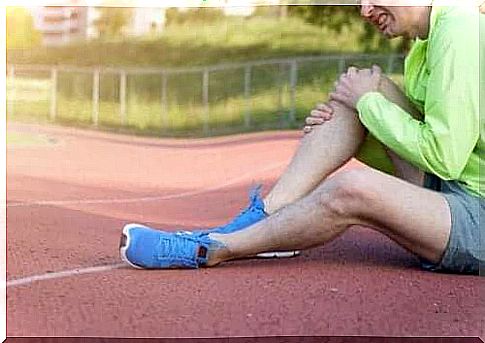
Dislocation of the patella often occurs as a result of a sudden change of direction of the leg while touching the ground. However, it can also occur when there is a direct injury to the knee. It is almost always due to something that predisposes the person to it.
When you move the patella, or the patella, the joint becomes unstable and you can fall. You will also feel intense pain in addition to not being able to bend your knee. Often people can even see that the patella is placed incorrectly and see that the knees look deformed. If dislocation of the patella or patella occurs due to direct trauma, it can even damage the joint capsule.
Factors that increase the risk of dislocation of the patella
Some factors may increase the risk of suffering from dislocation of the patella. Among them, one finds it to be overweight or tall, or to have suffered from another patella displacement or another knee injury in the past.
You must also take into account the physical characteristics that increase the risk of being exposed to a dislocation of the patella, for example:
- Having an overly high kneecap.
- Being calf-bone: having legs shaped like an “X” increases the angle between the quadriceps and the patella, which favors the displacement of the patella.
- Lateral insertion of patellar tendon
- Medial patellofemoral ligament fracture : this ligament connects the patella to the inside of the femur. It prevents the patella from going out of joint when the knee is outstretched, which is when dislocation occurs in most cases.
Diagnosis and symptoms
To diagnose dislocation of the patella , the doctor will touch the patella as well as bend the knee and move it in different directions. Using X-rays, MRI or CT scans, they can see pictures of the dislocated patella and other knee injuries.
When you suffer from a dislocation in the knee, the following symptoms usually appear:
- First you experience swelling and a deformed knee.
- Furthermore, you experience an inability to bend the knee or carry weight on the leg.
- Later you experience a patella displacement towards the outside of the knee.
- Sensitivity and pain.
- Patellar hypermobility.
- Eventually, cartilage damage, which can increase the risk of developing osteoarthritis, appears.
How to relieve the symptoms of dislocation of the patella
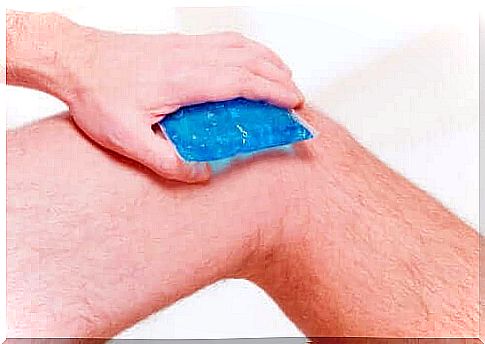
To relieve the symptoms caused by a displaced kneecap, experts recommend that you:
- Taking non-steroidal anti-inflammatory drugs. These medications help reduce inflammation and pain. However, remember to always take them according to the schedule that your doctor gives you.
- Apply ice. Ice helps reduce inflammation and pain as well as preventing tissue damage. Place the ice on the knee according to the specialist’s instructions.
- Keep your leg high. Try to lift your knee above heart level as often as you can. In this way, you help reduce pain and inflammation.
- Physiotherapy. A physiotherapist will teach you some exercises to improve the movement of the knee. Through the exercises you will strengthen the knee, increase stability and relieve pain.
Conclusion
In some cases, it can not be prevented, especially if physical factors make you more prone to suffer from it. However, you will need to exercise using appropriate techniques as well as try to keep your knees strong and flexible.


